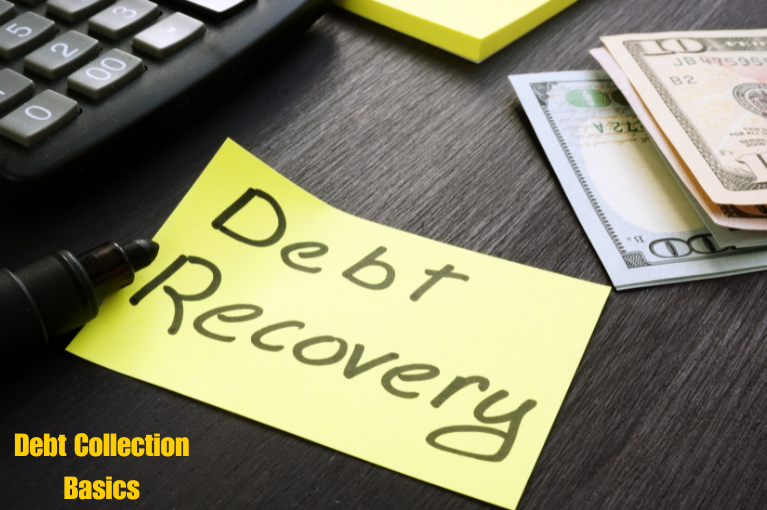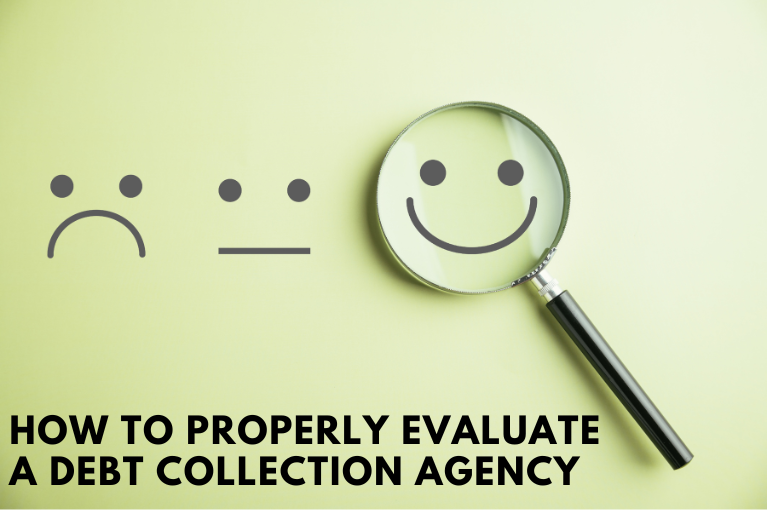If you’re drowning in debt, you might feel like you are all alone with no way out. However, the exact opposite is actually true.
California has one of the highest bankruptcy rates in the country, but the majority of consumers here still need to learn more about the process involved to make informed decisions on whether it might be a good option for them.
What debts will be eliminated? What obligations would NOT be eliminated? How long will bankruptcy impact your credit?
In this complete guide to bankruptcy in California, we’ll break down everything you need to know to decide on the best path for your financial future.
What is Bankruptcy
Bankruptcy is a legal process where an individual or business entity admits that their debts have become unmanageable to the point where they can no longer meet the obligations to their creditors. The process is designed to establish some relief for the person filing while working out a plan to raise whatever cash they can to settle as many existing debts as possible.
In most cases, especially for individuals, filing for bankruptcy will discharge several debts they cannot pay. However, getting out of these obligations comes with the price of severely damaged credit for anywhere from seven to ten years.
It is also important to understand that bankruptcy is a federal process, so no state-specific rules and regulations apply to the process.
Types of Bankruptcy
There are four different types of bankruptcy that an individual or business entity can consider:
- Chapter 7 – This is the most common type of bankruptcy for individuals. If you meet the qualifications, the court will work with you to sell your assets and settle your debts.
- Chapter 11 – This is usually for corporations. It allows them to keep their assets and continue operating their business while reorganizing to reduce debt.
- Chapter 12 – This type of bankruptcy is specifically designed to help family farmers reorganize.
- Chapter 13 – This is similar to Chapter 11, but geared towards helping individuals. It typically involves restructuring existing debt and putting together a repayment plan.
Debts Eliminated Through Bankruptcy
One of the most important aspects of any bankruptcy decision is understanding which debts will be eliminated through the bankruptcy process and which ones will remain after completion.
In almost all cases, debts related to child support, student loans, tax debt, wages owed to employees, damages for personal injury, and obligations to government agencies will not be discharged during bankruptcy.
If your financial problems are focused in one of those areas, filing for bankruptcy will probably not be a good option for you.
Considering Alternatives to Bankruptcy
Bankruptcy often sounds like a “Get Out of Jail Free” card, but it can be more like the “Go Directly to Jail” card if it isn’t necessary. That’s why it is essential to consider every possible alternative before committing to filing.
In many cases, alternative options like working hard to pay off existing debts can offer a much better long-term outcome than filing for bankruptcy. There is an entire industry of debt counseling agencies that can be tremendously helpful with going this route.
Working with a credit lawyer or a debit counseling agency to help you work through your financial problems can often result in a plan that will eliminate the bulk of your debt in much less time than it would take for that bankruptcy to fall off your credit report.
If you are a California resident considering filing for bankruptcy, make sure that you talk to reputable advisors before making any decisions that impact your future!






